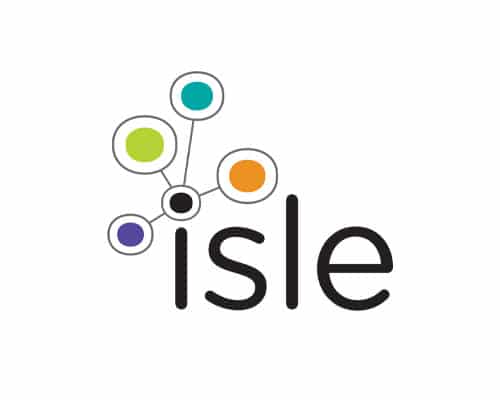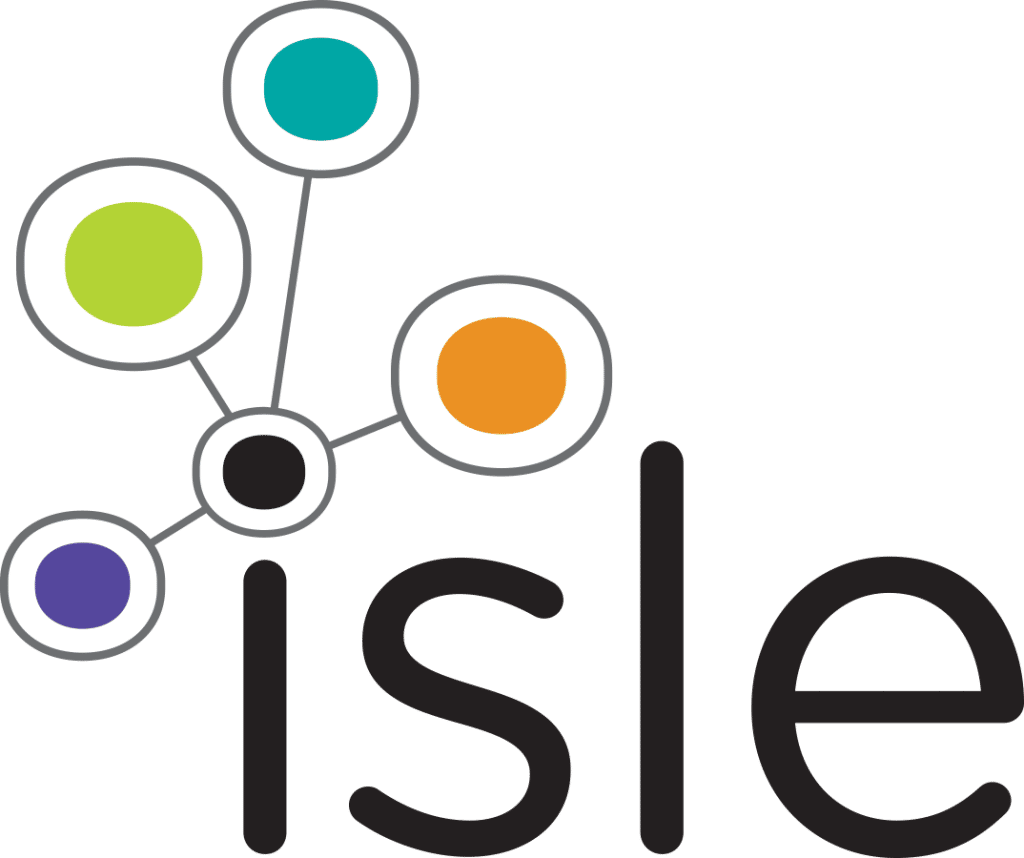In December 2012, Isle and the Environment Agency joined forces through a collaborative agreement to develop the ‘Accelerating Catchment Techniques and Technologies’ (ACTT) project.
Case study – Accelerating catchment techniques and technologies

Client/ Location:
Environment Agency, the Welland in the Anglian Region
Project Duration: December 2012 – July 2013
Overview
In December 2012, Isle and the Environment Agency joined forces through a collaborative agreement to develop the ‘Accelerating Catchment Techniques and Technologies’ (ACTT) project.
The project aims to:
• Enable and empower catchment partners to identify new techniques (including behaviours) and technologies to deliver environmental outcomes.
• Demonstrate an approach based on Isle’s TAG model (Technology Approval Group) that enables more integrated catchment management, involving both the private sector and the wider Big Society to identify linkages and opportunities to scale up across the catchment.
• Engage catchment partners to the extent that they support one or more new technological trials.
• Engage catchment partners to introduce innovative procedures as identified during the process.
Challenge

It‘s impossible to consider a single water body in isolation as they interact with their surrounding environments and other water bodies so intimately. To date, the Catchment Based Approach has been effective at identifying and understanding issues within pilot catchment areas in England – local groups and individuals have been key to this identification process, but the level of input required from the catchment stakeholders has resulted in a widely reported ‘stakeholder fatigue’. The stakeholders understandably no longer want to talk about the problems, but actively want to find solutions.
As the pilot catchments gear up to move into the solution finding stage, the EA selected one catchment, the Welland in the East Midlands, to push the boundaries of innovation and address catchment based issues proactively by facilitating the development of appropriate, scientifically sound solutions. The challenge was therefore to work out the priorities for action and deliver integrated actions that address local issues in a cost effective way whilst protecting local resources.
How we solved it
Working directly with stakeholders from the Welland, the project team successfully identified key issues and challenges specific to the

Welland (and also common to many other catchment areas within England and Wales). We then used an adapted TAG model to deliver innovative, cutting edge solutions. Global searches were undertaken to find a range of solutions that were then assessed by the stakeholders themselves for appropriateness and cost benefit using the detailed information obtained through the due diligence process undertaken by the ACTT project team. Trials (collaborative or individual) of the most appropriate technologies and techniques will be implemented as the final stage of the project so that full scale evaluations can be made.

